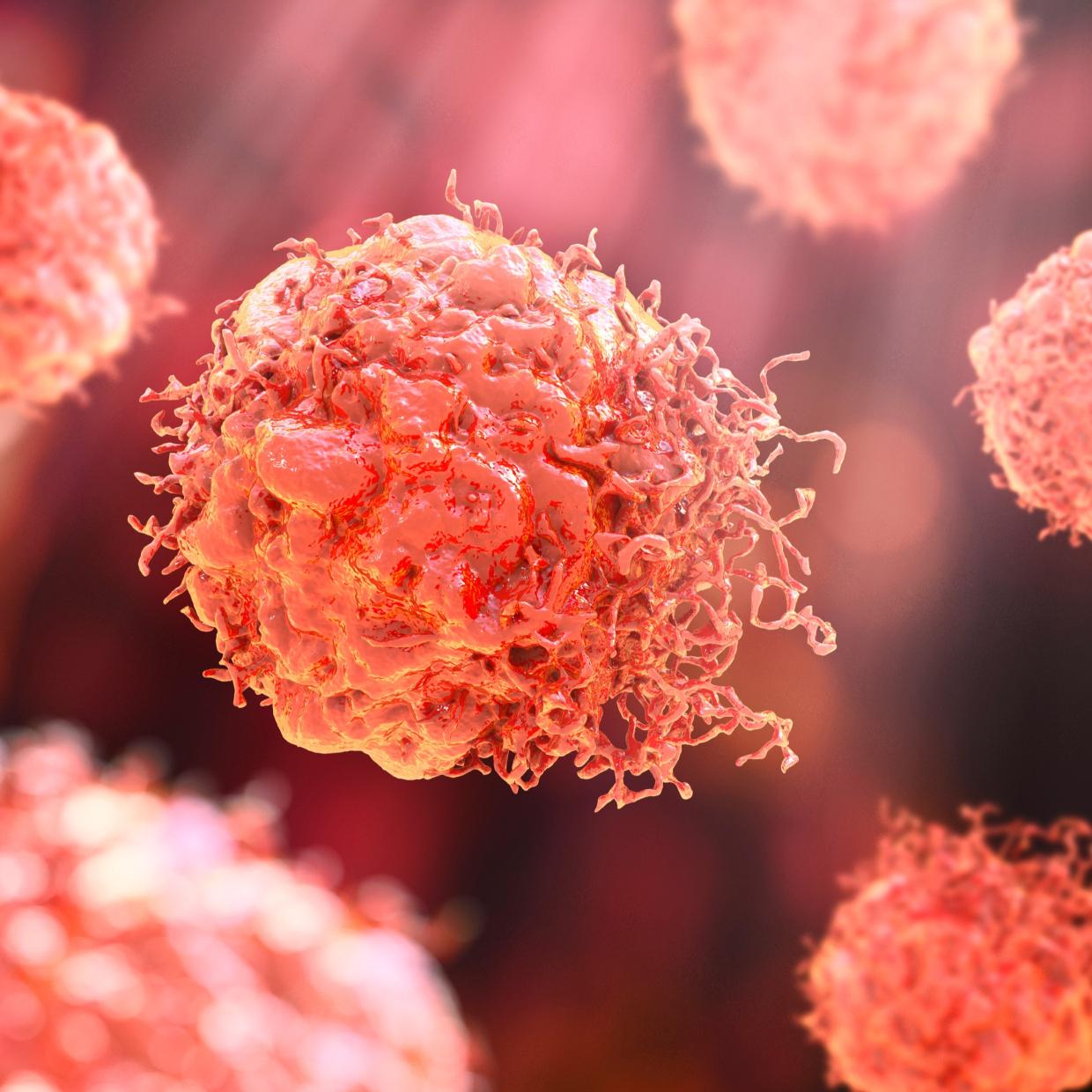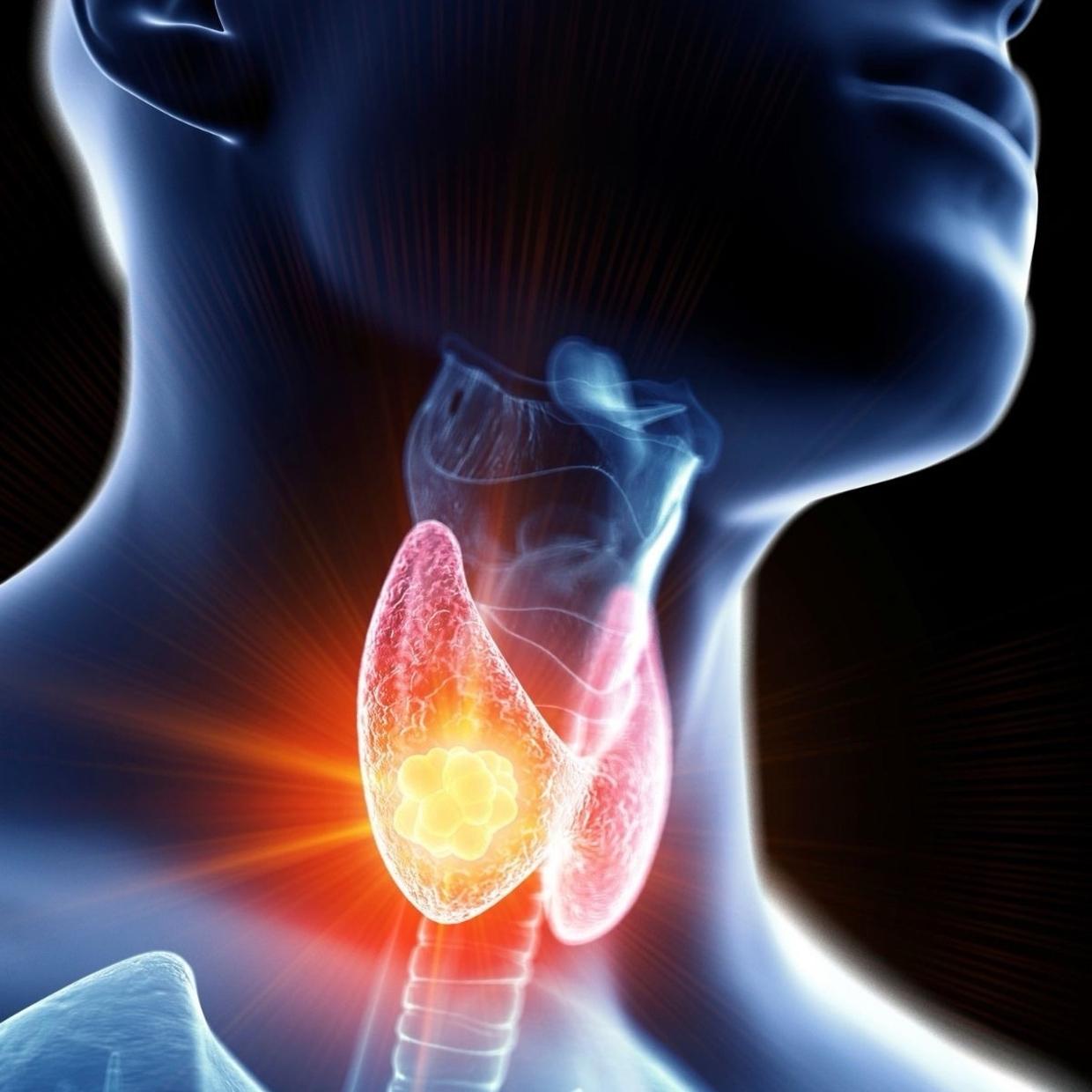Manly Men
By Jacobus Hollewijn

Testosterone - Misunderstood and Under-Appreciated!
This article was originally published in SW Montana’s Bi-monthly newspaper called Natural Life News and Directory in the 2013 March/April edition.
It has been edited on February 7, 2022.
Let’s be honest: if testosterone causes prostate cancer and heart disease, why don’t all 25-year old men in this country have prostate cancer and heart disease?

Testosterone, however, is more than al that. This major androgenic hormone plays an important role in heart health, prostate, cholesterol, sugar metabolism, immune health, and osteoporosis. Recent research has looked closer at low testosterone, symptoms and health risks of deficiency, and what we can do to increase levels if needed.
Life Extension Foundation (LEF)(1) published an article in their June 2012 magazine entitled “The Testosterone Controversy,” based on a 2011 published study of 2,416 men (aged 69-81) who were not on any kind of testosterone-affecting treatment. They were followed for an average of 5.1 years. This article peaked my interest, and I’ve used that information now for several years to educate others.
In this article William Faloon points out that conventional doctors still question the value of testosterone replacement as men get older. Anti-aging has been the goal for millions of people throughout history, and it has become big business in different types of industries-from clothing, to fitness, cosmetics, and supplementations; even plastic surgery is ballooning.
Scientists and lay-people alike have wondered if plummeting hormone levels in both men and women had something to do with all this. As far as testosterone in men is concerned, the answer is a pretty emphatic YES!
I therefore highly recommend that if you have any concern about degenerative diseases, you take a blood test for your hormone levels, taking a close look at your Total Testosterone, Free-Testosterone, Estradiol, and DHEA-S levels (each of these will be explained in detail coming up). In Montana that test should cost you around $300.00 when you visit a walk-in lab service office.(2)
HAPPY HORMONES
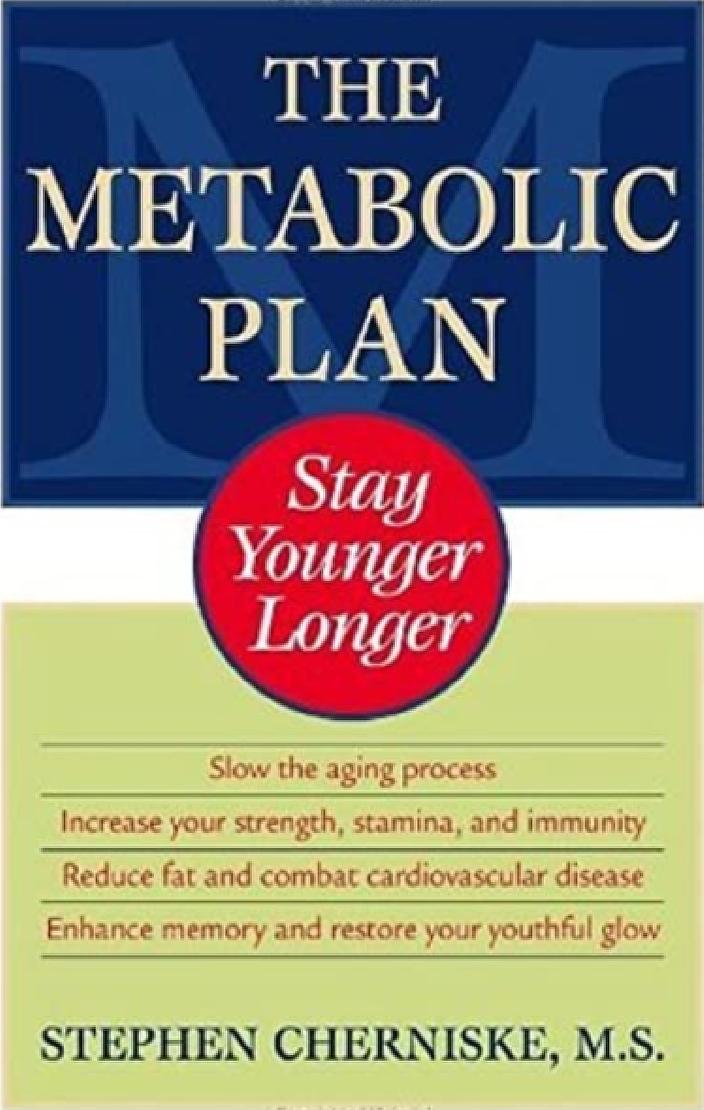
The other hormone numbers are from the above-mentioned LEF article. Please use these values when looking at your blood-hormone test. The additional information emphasizes once again the importance of maintaining correct levels. Because different labs have different reference ranges, when retesting stay with the same lab.
Total Testosterone:
This is the amount men produce daily, primarily in their testes and a smaller amount in their adrenal glands. Testosterone is the most important male hormone, which comes up at the onset of puberty. This causes men’s voices to get deeper, and their muscles to grow. It starts the appearance of facial hair, and the development of sexual feelings and sperm production.
However, libido/sex drive is more related to another hormone called Oxytocin. I have seen plenty of men with low-testosterone levels who express their love for sex and whose eyes always wander at the sight of a beautiful woman. And there are men with excellent testosterone levels, who don’t care about sex that much.

- Optimal levels should be between 700 - 900 ng/dl;
- Men need at least: 550 ng/dl;
- If less than 550 ng/dl (i.e. 549, 548 etc.): there is an immediate 30% increased risk for cardiovascular events, no matter how far you are below that magic number of 550 ng/dl.
- At 550 and over, there is a 24% reduced risk of mini stroke or full-blown stroke.
- Several well-publicized studies have indicated that testosterone does NOT cause prostate cancer. (Otherwise, every young man in this country would have prostate cancer!) Actually, low testosterone increased both PSA levels, and prostate cancer-positive biopsies.
- Men with increasing levels of testosterone also showed a decreased prevalence of diabetes, hypertension, muscle wasting and body-fat mass.
- Good testosterone levels enable High-Density Lipoprotein (HDL) to remove built-up cholesterol from the arterial wall, and send it back to the liver. (Both testosterone and HDL levels drop as we age.)
- HDL between 35 – 45 mg/dl is dangerous for heart disease and immune health.
- HDL above 60 mg/dl indicates you’re in the “safe-zone”
- HDL above 85 mg/dl is excellent for overall health.
The combination of low HDL and low testosterone results in problems removing debris from the arterial wall (i.e. reverse cholesterol transport). This may result in atherosclerosis (hardening of the arteries.)
Elevated testosterone may prevent expensive vascular-stents surgeries and the over-prescription of cardiovascular drugs.
- In the liver, testosterone elevates the hepatic lipase/fat-breakdown enzyme needed to safely clear the body of excess cholesterol.
- Restoring testosterone to ideal levels also helps with improved mood, more endurance, increased anabolic function, arterial function, and anti-inflammatory activities.
Free Testosterone:
This is the bioactive amount of total testosterone in the bloodstream, i.e. not bound to any other chemical. Ideally it should be 3% of total testosterone. Although free testosterone is measured in pg/ml, not ng/dl (1ng = 1,000 pg), I suggest you take your number of total testosterone and measure 3%, regardless of ng/pg. This test gives a physician a good general indication of a man’s testosterone status.(3)
So, based on a total testosterone level of 700-900 ng/dl:
- Optimal levels should be 20 – 25 pg/ml;
- One study evaluated men under age 45 with levels lower than 17.3 pg/ml, which resulted in 3.3-fold greater risk of developing premature coronary artery disease compared to men with values above that level.(4)
MEN MAKE ESTROGENS??
Did you know that 99% of men today have NOT heard of the word estradiol! We should know about it because our own testosterone converts into estradiol. Women make much more of it during their life, but we always convert a part of our testosterone into a small amount of estradiol by way of an enzyme called aromatase. Aromatase pulls on testosterone and converts that into estradiol. So if aromatase is very strong it will pull harder on testosterone and will result into a relative higher number of estradiol (maybe too high), and a lower amount of testosterone.
The following guidelines may help you better: When total testosterone is between 700 - 900 ng/dl, estradiol’s…
- Optimal levels are 21.80 – 30.11 pg/ml; so at 700 it should be about 22; at 900 it should be about 30.
- Above normal levels (above 37.40 pg/ml) increase the risk for prostate cancer and coronary artery disease, while doubling the risk for stroke; as well as a 133% increased death rate.
- Below normal values predisposes a man to osteoporosis and bone fractures, as well as a 217% increased death rate (when under 12.90 pg/ml).
- Normal-to-high Total Testosterone with too much aromatase will produce excess estradiol;
- Normal testosterone with low aromatase will cause low levels of estradiol
- Low testosterone with normal aromatase levels will convert into low levels of estradiol AND, of course, low levels of Free Testosterone (both are now low);
Most western physicians (this includes urologists and oncologists, who should know better, in my opinion) will not test men for this hormone; they think it is unimportant. Thus most men today do NOT know their estradiol numbers. Because of that, I cannot really recommend a natural testosterone boosting product to people. If their testosterone is low (as they tell me), while their estradiol levels are in the higher than normal range (or above that), they would risk developing prostate cancer, heart disease and stroke. YES, testosterone needs to stay high but not by risking one’s health in other areas!
Further down in this article I’ll explain several reasons why estradiol levels may be elevated in men today, compared to 50-60 years ago. Please be careful with elevated estradiol, not just as a total number, but also as it relates to your total testosterone.
DEHYDROEPIANDROSTERONE (DHEA)
DHEA is a hormone produced in our adrenal glands, which lay on top of our kidneys. Our adrenals consist of the outer cortex, and the inner medulla. DHEA is made in the adrenal cortex, as is cortisol. (There are also Mineralocorticoids and Glucocorticoids.) Adrenaline is made in the medulla.
DHEA metabolizes first into two androgens (androstenedione and androstenediol) and then further into both testosterone and the three different forms of estrogens (estradiol, estrone and estriol). DHEA therefore, in my opinion, is more involved with how our body functions (i.e. muscles, bones, lower-body endocrine system); our body being the section below the neck (our body - our athlete). Adrenaline and cortisol, on the other hand, are more involved in stress management; and are therefore working more on our brain function (above the neck: our brain - our coach). Adrenal glands, at best, can only produce 100% hormones, not 110%!
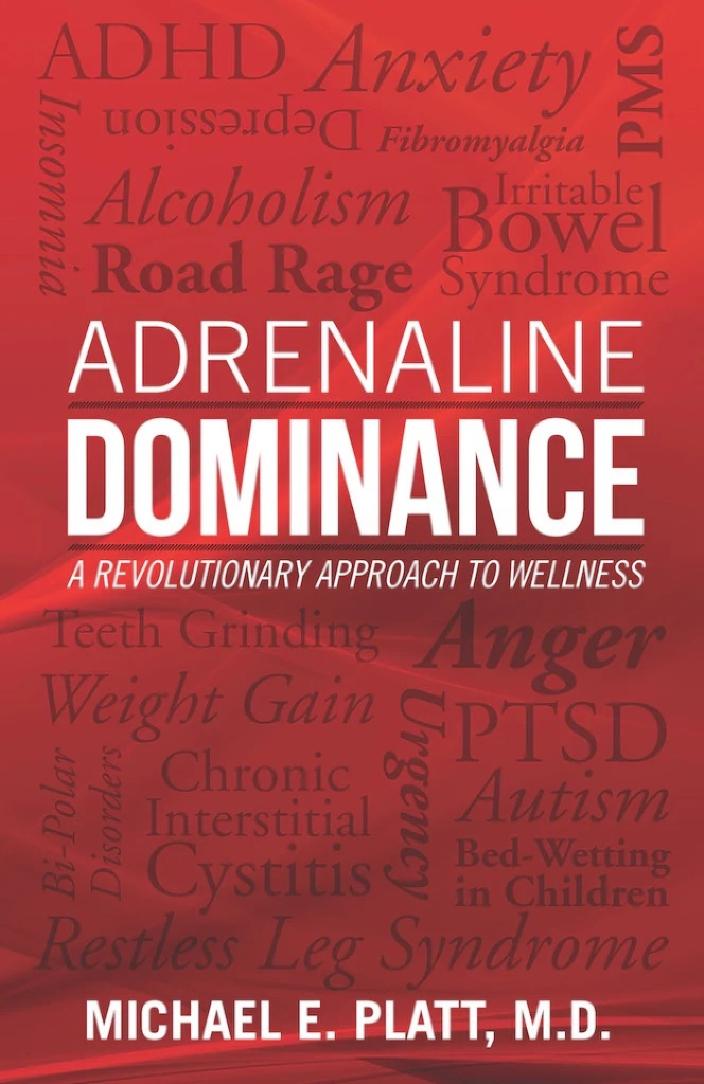
An interesting topic that is further explained by Michael Platt, MD, in his book Adrenaline Dominance: A Revolutionary Approach to Wellness (2014) (see also in my podcast series on this website)
As Cherniske explains, accelerated aging, as well as many age-related disorders, are all resulting from lowering levels of DHEA. DHEA production peaks around age 20-25, but levels off about 10% per decade until around age 70, when we produce just about 30%, and after which we naturally have very low production.
So, when you test your DHEA levels, your doctor may say that all is normal. But that may be normal for someone your age - NOT someone at about 30 years old!
Because of the importance of this hormone I will give both male and female numbers as published in Cherniske’s book.(5)
- Prime Peak levels:
Men : 450 - 600
Women: 280 - 380
- Good levels:
Men : 300 – 450
Women: 150 – 280
- Deficient levels:
Men : 125 – 300
Women: 45 – 150
- Worrisome levels:
Men : Less than 125
Women: Less than 45
OPTIMIZING OPTIONS
Different over-the-counter products may help in regulating the above-mentioned hormones. Please research your imbalances and then look at the options that address your specific needs. Try these products and then retest after three months to observe progress and needed adjustments.
For testosterone boosting:
- Nature’s Plus T-Male: 4 capsules, or two tablets, or 1oz daily;
- HerbalGem Gemmotherapy Oak: 5-15 drops daily;
- Life-Flo Testosterone Cream: 1 pump once or twice daily, applied to the inner thighs or lower abdomen;
- Pine Pollen have shown to improve testosterone.
- Montana Yew Tree (Yew Tip®) capsules, powder, or tincture. This came about when a couple of athletes in Billings, Montana took a few capsules daily with their work-out and saw an increase of their testosterone by 85% after two months. I have personally seen this in other men as well, but not with everybody.
- Different products containing the herbs, Tribulus Terrestis, Maca, Muira Puama, and Yohimbe (preferably containing a standardized extract).
- The mineral Zinc: 25 – 100mg daily (Many people are very low on zinc, but have your levels checked to make sure you are not overdoing it.)
- The mineral Copper: 2mg daily to balance with zinc.
- Vigorous Exercise - especially weight-bearing or resistance training;
- A diet high(er) in protein. (See another article on this site)
For Increasing Free-Testosterone & Decreasing Estradiol:
- Life Extension Super Miraforte: 2 capsules twice daily. This product has shown in clinical testing to boost free-testosterone by 40% and decrease estradiol by 60% within two months. Personally, I have not seen desired results in everyone taking this; however, the ingredients look very promising, especially Chrysin.
- Then there are the supplements Indole-3-Carbinol and Calcium-D-Glucarate, both found in cruciferous vegetables.
- Another option would be taking DIM (3,3’-Diindolylmethane). This compound is metabolized from Indole-3-Carbinol. The more beneficial concentration of this nutrient is available in capsule-form.
Try each option for about 3-months and retest your hormones, finding out which one(s) work best for you.
For improving DHEA values:
Men may need more supplemental DHEA than women; however, more is not always better. The human body, even at age 25 produces only 40-60mg DHEA per day. I suggest 50mg for men versus 10-25mg for women once or twice daily. Once you reach your goal, find a low-maintenance dose.
7-Keto DHEA is a form that does not convert into testosterone or estrogens. This form also benefits greatly by improving anabolic metabolism (muscle and tissue building.) Personally I went on 7-Keto DHEA for about three months (my recommended time to see changes in hormones when taking supplements); my DHEA in the blood test tanked. So, now I'm back on regular DHEA capsules waiting for the results.
DHEA and 7-Keto DHEA are available in different milligrams in varied forms, ranging from capsules to sublingual tablets to topical creams. Try some, then test after three months and make adjustments if necessary.
DANGEROUS DISRUPTORS
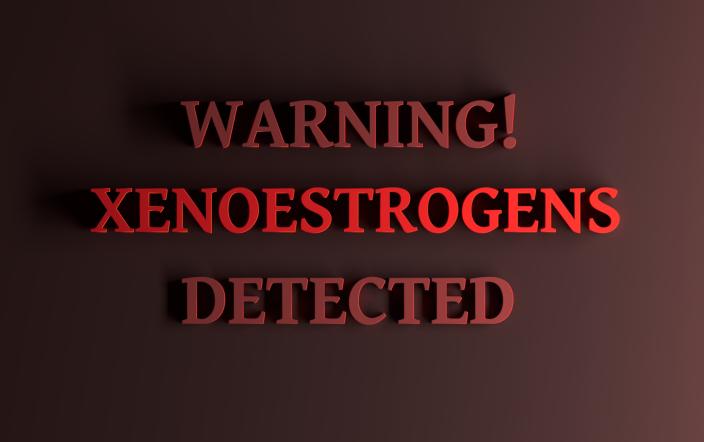
endocrine disrupting chemicals (EDC); others refer to them as environmental-/xeno- estrogens. It is almost impossible to avoid these hormone disrupters; they are all around us. For example:
- Since the late sixties, early seventies there came an influx of people who became vegans and vegetarians. In order to find their nourishment, and get their protein, there was a surge in soy products such as tofu, soy nuts, soy cheese, soy milk, soy chips, and soy flour. There was also a switch to more omega-6 type oils, such as canola, safflower, peanut, walnut, and almond oil. Especially soy has become known to contain estrogen-rich compounds, called phytoestrogens. In the body they mimic estrogens, and they can become precursors to this hormone. Ongoing research indicate phytoestrogens can have both good and bad effects in the body. This is very confusing for almost everybody. I therefore suggest to do a blood test on estrogen (and Total Testosterone) levels, as I have explained earlier; and perhaps do that every three months, until you reach the ratios and levels that work for you. For any changes use the supplement suggestions I have mentioned.
- Then there is the increase in by-products of the oil industries, especially plastics. Plastics may leach estrogenic compounds into a food it contains especially when exposed to heat; and its fumes are going airborne.
- The tremendous increase in electronics during the last 50 years, especially for personal use. Everybody has a cell-phone, and probably a personal computer. I have talked with men in their early 30’s, even a few men in their early 80’s, who are not able to get an erection anymore. I have suggested to not keep their cellphones in their front pocket, or even their back pocket during the day; it’s simply too close to the testes. Usually, within a week the problem is resolved.
- The vast amount of (estrogenic) hormones that has been used in our cattle industry, as well as in the pork and chicken industry. With the goal to get as much yield as possible, while avoiding to feed these animals for too long, there was no thought about what this may do to the environment. Imagine all over the western, developed world, over a timespan of half a century, we’re talking about tens of trillions of animals! All these animals urinate and defecate until the day they die. Not all ingested hormones could be processed, and they come back out and have affected both the soil and groundwater. And, of course, there is the meat itself, straight or processed, served to the masses. It has affected us this way as well.
- Since about 1969 women have been introduced to the Pill and Inter-Uterine Devices (IUD’s), which contain synthetic hormones to affect whatever is the need in the female body (avoiding pregnancy, acne, PMS). Then in the mid-late nineties women dealing with debilitating menopause symptoms were introduced to synthetic estrogens through prescription drugs like Premarin (Pregnant Mare’s Urine) and PremPro (Premarin with synthetic Progestins). The results were more estrogen-related cancers and heart disease. Besides that, we have a cosmetics industry focusing on rejuvenating the skin, with products and ingredients that have an estrogenic effect. During the last five decades, in the entire western, civilized world, more than tens of billions of women have participated and contributed to this. And women use the bathroom as well. Not all hormones can be filtered out in a water plant; and so these will ultimately affect our groundwater as well.
- I also should mention here the many changes and additions to the cosmetics industry(6). Women especially, but more and more men also, wear make-up, eye-liner, day creams, night lotions, etc. It is important to realize two important things here: 1) Look at the ingredients in these cosmetics to learn what you are putting on your pores? and 2) realize how much of that is "wiped-off" and ends up in landfills, groundwater, and our streams and oceans?
- Then we look at us men and all that we do to be the manly man we strive to be. We take testosterone cream, trochees, pills, and injections to look and feel younger. But while testosterone rises, so does estradiol in our body. When estradiol elevates over that number 37.40 pg/ml, as mentioned above, there is this higher chance of developing prostate cancer. And, once diagnosed, doctors will blame the elevated testosterone (they will not check estradiol levels!) Because of that men are subjected to unnecessary surgery, chemo and radiation therapies. And they are prescribed a medication called Lupron Depot® (Leuprolide) to lower both testosterone (and thereby of course estradiol!) These hormones now also will go into sewer water! Listen, let’s be honest: if testosterone causes prostate cancer and heart disease, why don’t all 25-year old men in this country have prostate cancer and heart disease?
Many of these medications and toxins have an estrogenic affect on our tissues and endocrine system, thereby disrupting natural hormone production and concurrent metabolism.
This has created a wave of new and debilitating chronic diseases the world has never seen, and for which the medical establishments are not prepared to do battle with.
We owe it to ourselves to get our bodies functioning at optimal speed, efficiency and strength. Some will have more challenges than others to reach that goal. However it can be a steady and positive journey, not a sprint. And the results will be better health, longevity, feeling younger - and having the energy of a manly man!
REFERENCES
2 Montana is ONE of seven states that allow people to get their blood tested without a doctor’s prescription first. This is also wonderful for those who do not have insurance and/or a personal physician. However not every clinic or blood service complies. In Bozeman, MT, Tri*Med Services (585-3301) offers a list of blood tests that can be done immediately, and results will be send to your address of choice.
4 Turhan S, Tulunay C, Gulec S, et al. The association between androgen levels and premature coronary artery disease in men. Coron Artery Dis. 2007 May;18(3):159-62.
5 The unit of measure mcg/dl is the same as mcg/100ml and μg/dl. If your results are reported in ng/ml, simply divide your results by 10, and then look at the levels printed in this article to see where you fit in.
7.
The purpose of this website is to inform, educate, and entertain, not to diagnose, treat, or cure. Jacobus is not a licensed physician. If you intend to utilize any of the information contained in the articles and/or podcasts, I recommend you see a licensed, competent medical provider of your choice, or find additional information from other reputable sources. I cannot control the opinions of my guests. I will double-check my facts in good faith, but may not be able to fully verify every statement made by any third party.
If you utilize any information from this Website, you do so at your own risk.

